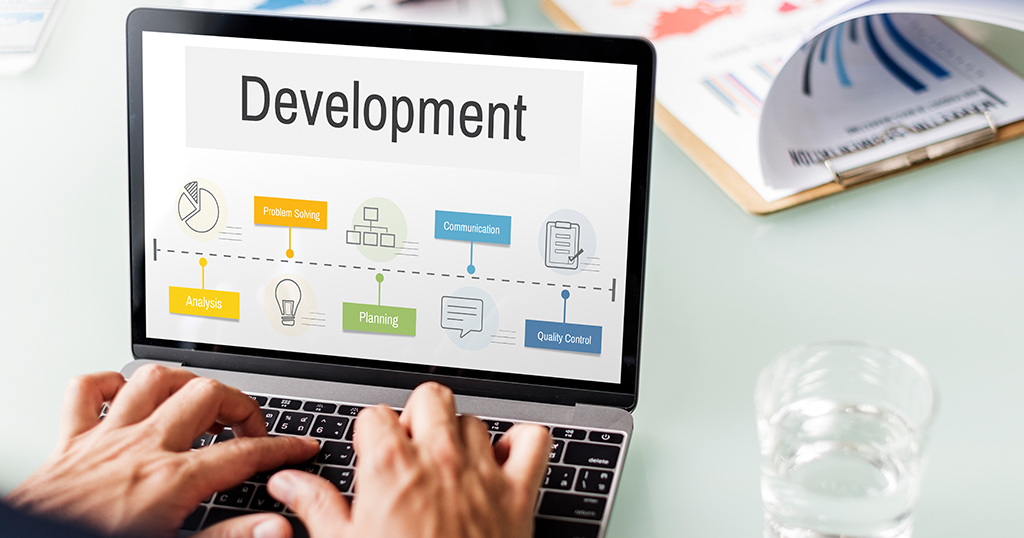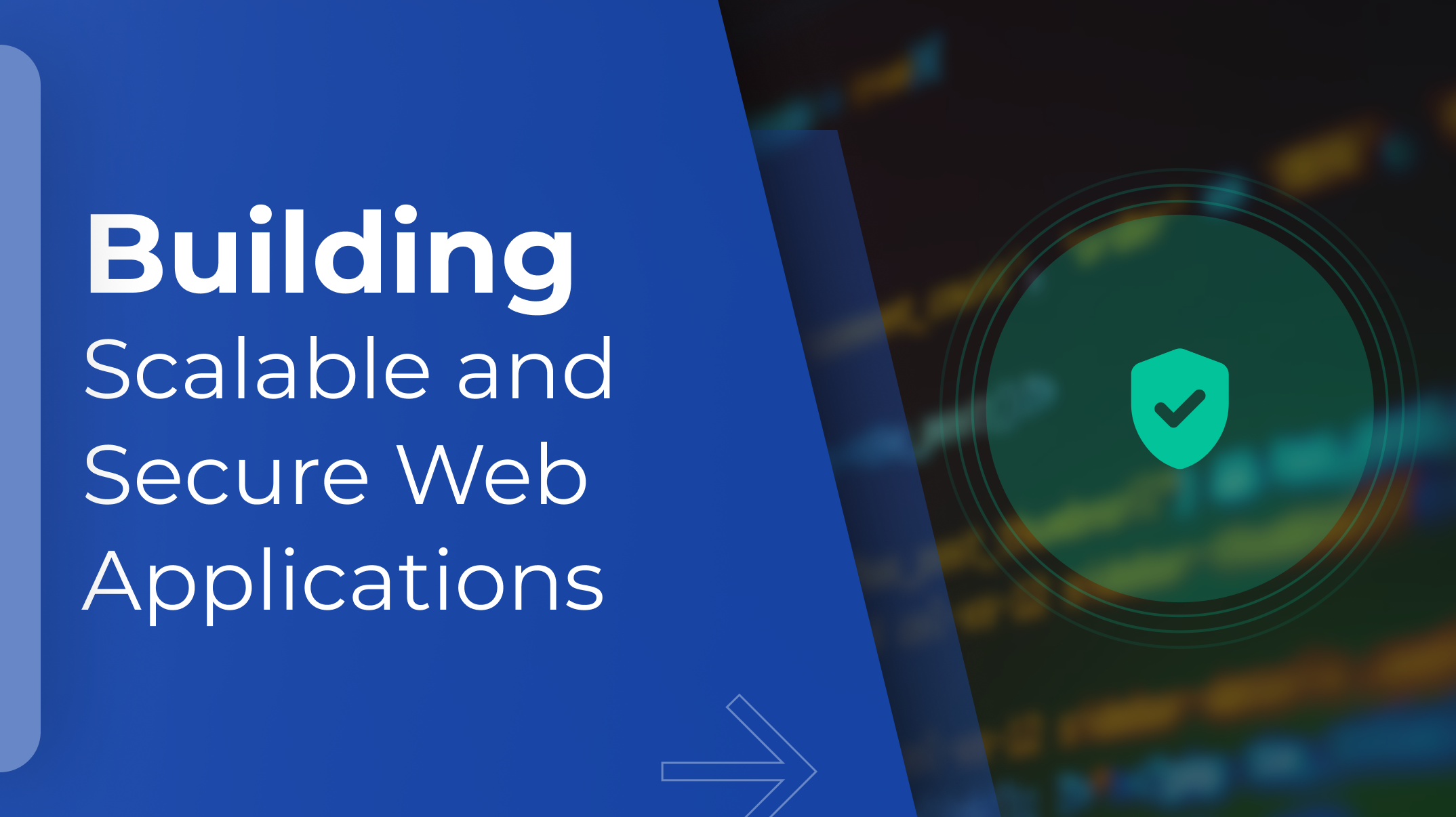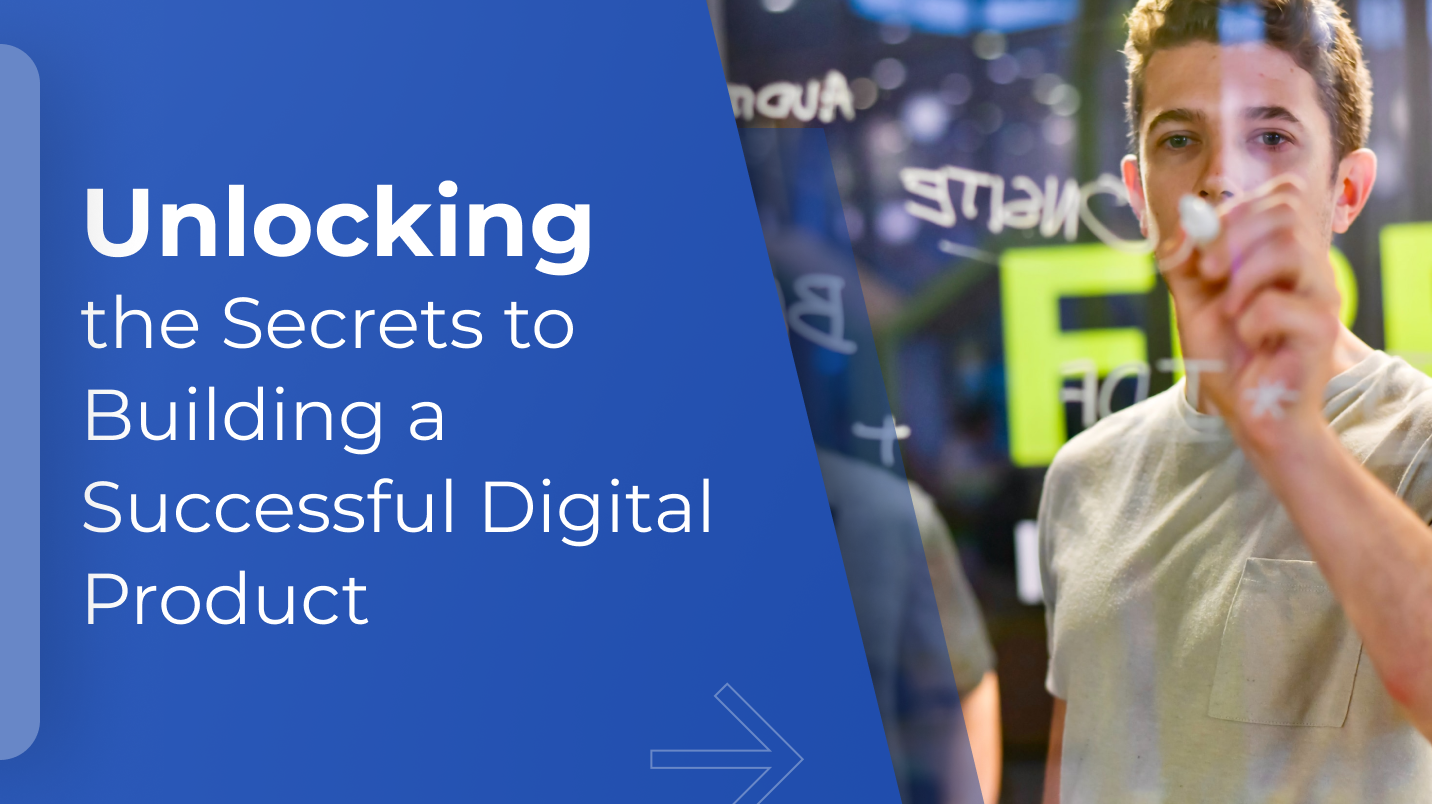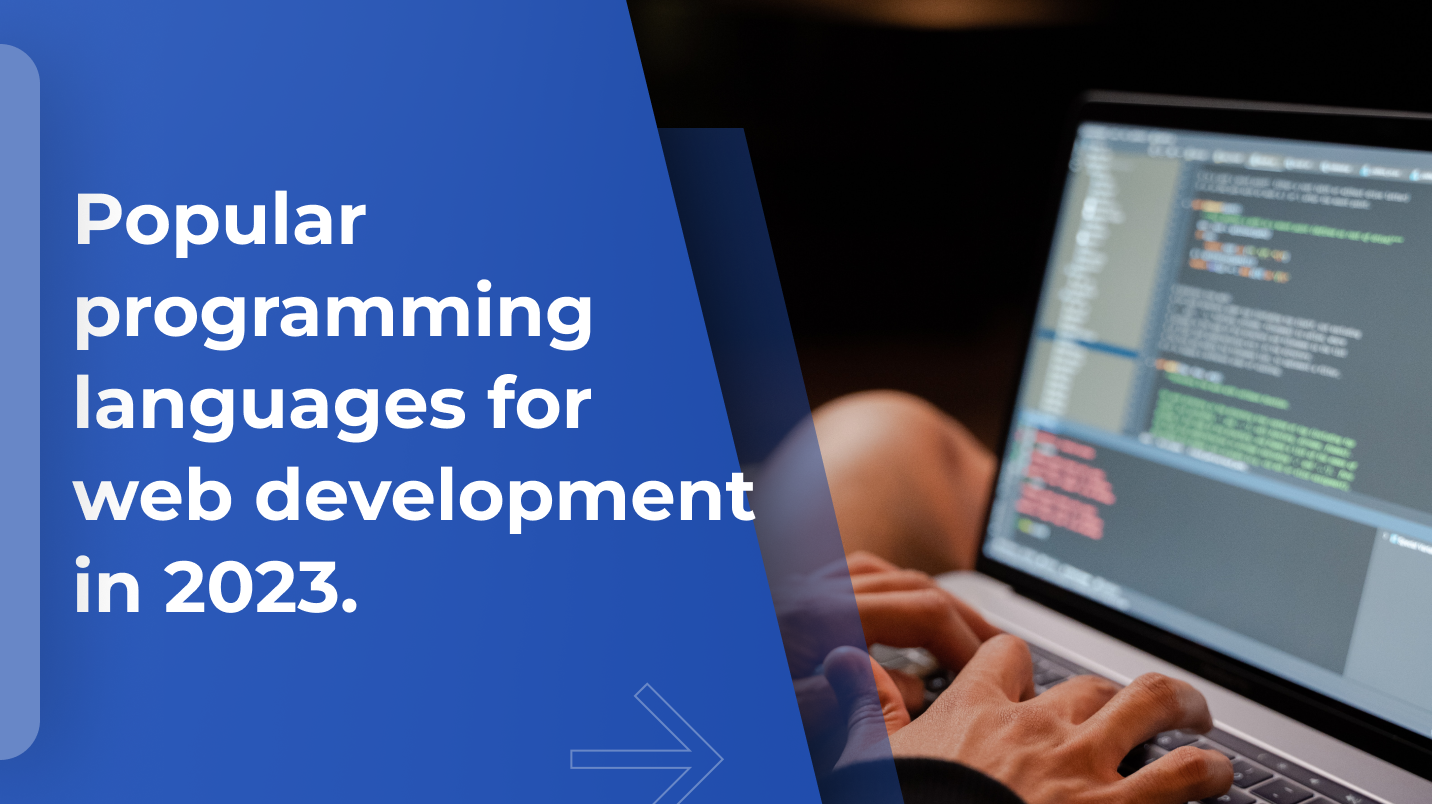Every product development is driven by a raw concept that forms the basis of further development. But what actually defines the success of the product/concept is the amount of research and fail-proofing that goes behind it.
A huge number of products or concepts fail to compete in the market as these aren’t backed by adequate amount of research and structuring. And this is where concept development plays an essential role in software development.
Concept development encompasses identifying the market of the product, studying the target audiences’ problems, building value proportion and preparing materials for testing it on the prospects.
It’s Benefits
It can be comfortably labelled as the ‘search phase’ of any product. Skipping this step considerably scales up the risk factor in product development. Moreover, it ensure the following other benefits like:
- Creating a value proposition
- Visualizing your ideas in form of prototypes
- Testing the ideas to understand the market of your product
- Creating an early wireframe for a feedback
- Building a product that is validated by the customers
The Steps Followed In Concept Development
Now that we have understood the essentiality of Concept Development, let us take a look at the steps followed:
1. Brainstorming
It begins with creating a detailed description of the project idea, its goals and benefits. Followed by identifying all possible solutions to problems and simplifying the details of opportunities. This also includes preparing a list of assumptions of what are the problems that the product will possibly solve.
2. Mind Mapping
Once thought through the benefits and potential of the product, the next step involves putting the structure in form of graphics. This creative amalgamation of ideas and symbols ensure a swift understanding of concept. This also aids the identification of any gaps that might have been missed at the development stage.
3. Wire-Framing/Prototyping
Prototyping can be very helpful at gathering feedback. Low fidelity prototypes make a good listening tool. Many a times, people are not able to articulate a specific need in the abstract. At this stage they can swiftly review whether a design approach would satisfy the need. Prototypes are very effectively done with fast sketches of storyboards and interfaces. Prototypes in some situations are also used as official requirements.
4. Focus Group
A focus group is defined as “a gathering of people who are customers or user representatives for a product to gain its feedback.” The feedback can be about multiple parameters like, needs, opportunities, and problems to determine the requirements or to simply refine or validate the existing requirements. This type of research is different from brainstorming as it is a well-defined, managed process with specific participants.
Hence, it can be undoubtedly concluded that concept development is indeed an important pillar of software development. Apart from reducing the risk factor for the business, it also save a huge amount of time and money. At the same time, it also aids testing as a certain section of risks and short-comings have been pre-accessed in its preliminary stage.






